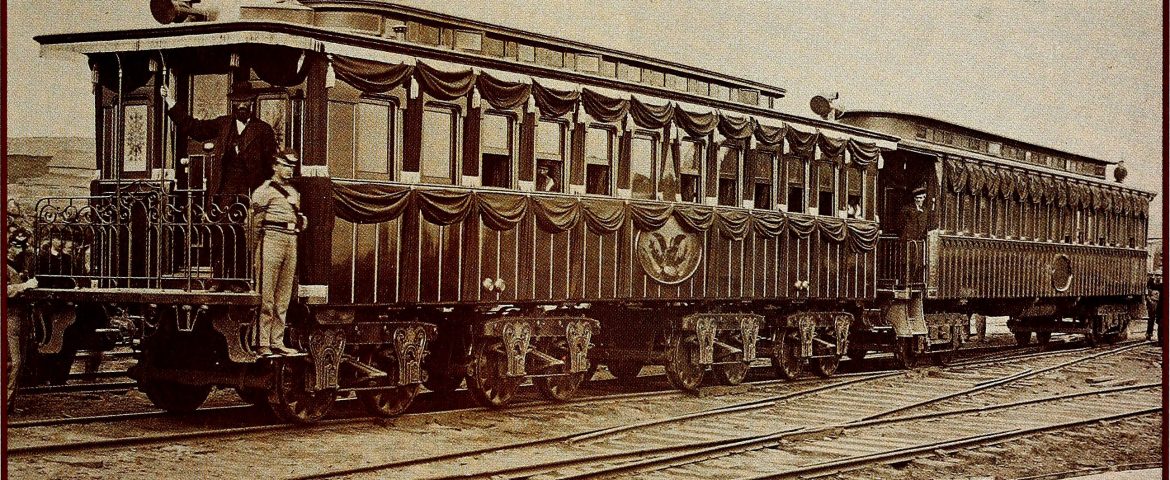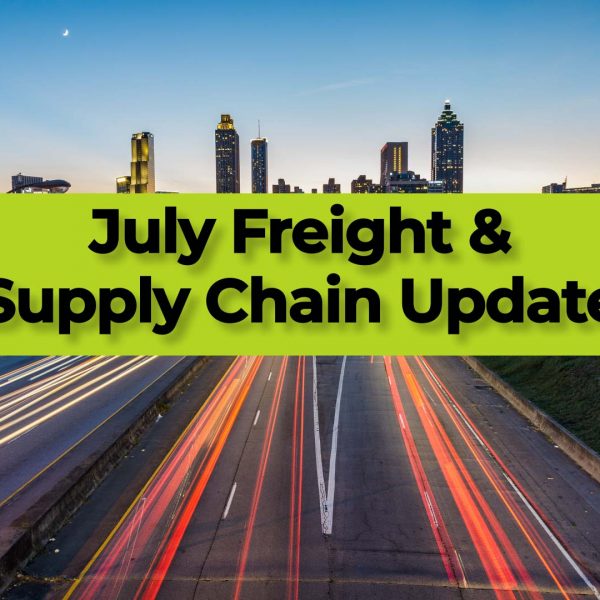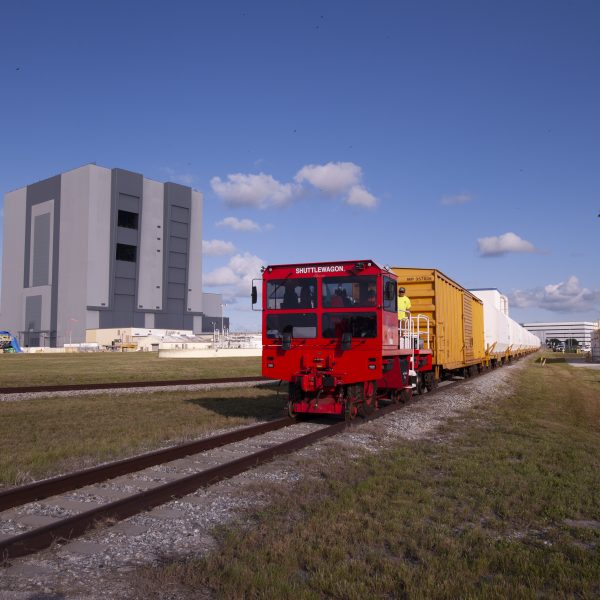While railroads have existed in the US since the 1830s, during the 1860s they were not the contiguous system that exists today. Railroads were still in their infancy and not all connected nor even built to the same track gauge (width of track)
Following the tragic death of Lincoln, a funeral train was put together which toured 180 cities. This brought an immense amount of national coverage to the railroads in newspapers along with the thousands of people who traveled to local railroad stations to view that train. This event exposed more Americans to the railroads and passenger trains than ever before and brought a national interest to the railway system.
The railway car itself was built in 1863 in Virginia, and was designed to be something of an “ Air Force One” for the administration. Lincoln however never traveled in the car while alive as he likely felt it was too opulent for the war torn country. The car was carefully built and one of the nicest railway passenger cars built up until this time with carefully crafted wood, glass artwork and upholstered walls.
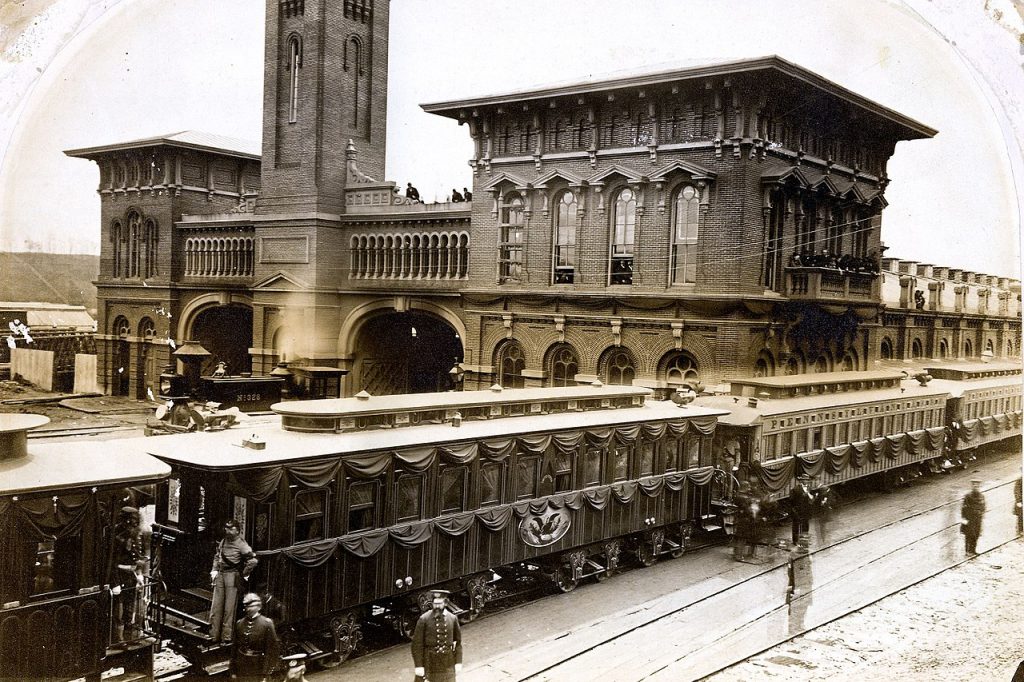
Pullman and his Palace Car
One such inspired onlooker to the Lincoln funeral train was George Pullman who went on to start the Pullman company which became the most famous manufacturer of railway passenger cars and were renowned for their luxury being akin to a “palace on wheels”. One little known fact is that Lincoln’s son actually worked for the Pullman company years later.
These Pullman cars were the “first class” transportation solution of the day with many business leaders and wealthy travelers having private Pullman cars that were the 1920s equivalent of a Lear jet.
While by the 1960s America’s passenger trains were losing favor to the automobile, even today Amtrak carries around 32.5 Million passengers annually, many of these along its critical NorthEast Corridor.
Railroad Building Boom
The civil war brought mass destruction to the US railway system particularly in the south, but during the rebuilding, many were rebuilt to the national standard gauge which finally meant that nation as a whole was connected via an at least mostly contiguous rail system.
It can’t be overstated the importance of developing this nation’s freight and passenger rail system. Now we take the interstate system for granted, but there were no cars nor trucks, the alternative and status quo was horse and buggy. As the rail system came into existence trips across the US went from months to days. The ability to transport freight overland was very limited with horse and buggy, and now finally, freight could be transported nearly anywhere the rails lead. This railway network expansion really was what made possible the rapid US expansion westward and the rapid industrialization of the country. Railroads continue to ship vast amounts of domestic cross country freight as well as intermodal freight and represent major component of America’s supply chains. Railroad’s niche currently tends to be bulk commodities such as grain, coal, ethanol, plastic pellets or lumber or long haul intermodal which competes with long haul trucking for more traditional long haul or cross country freight.
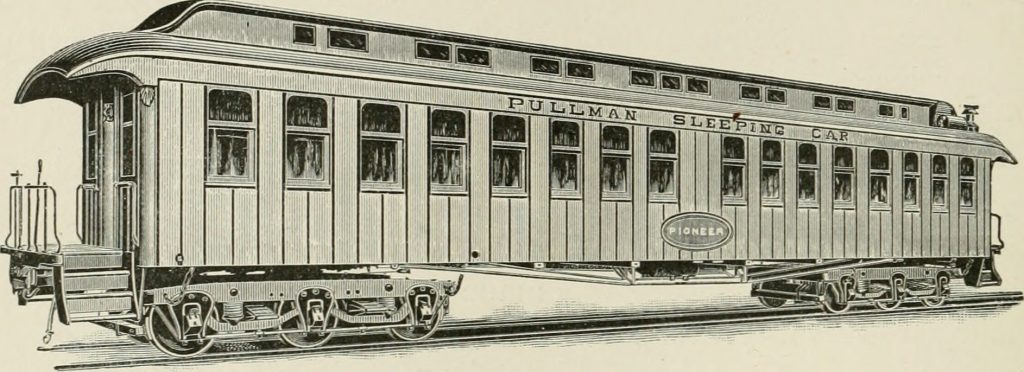
21st Century Reproduction
An interesting flashback has been the recent 150 year anniversary of the Lincoln funeral train in 2015. A group in IL built a near exact replica of the Lincoln funeral car. The amount of work and craftsmanship that went into constructing these pieces of railroad history is very impressive. Check them out at: http://www.thosetrainpeople.com/
Recommended for further reading:
https://publish.illinois.edu/ihlc-blog/2019/08/30/the-lincoln-funeral-train/
https://medium.com/@Jack_ElHai/abraham-lincoln-s-funeral-car-cc8b10b67158
https://www.businessinsider.com/amtrak-reports-record-ridership-revenue-profit-by-2020-2019-11
